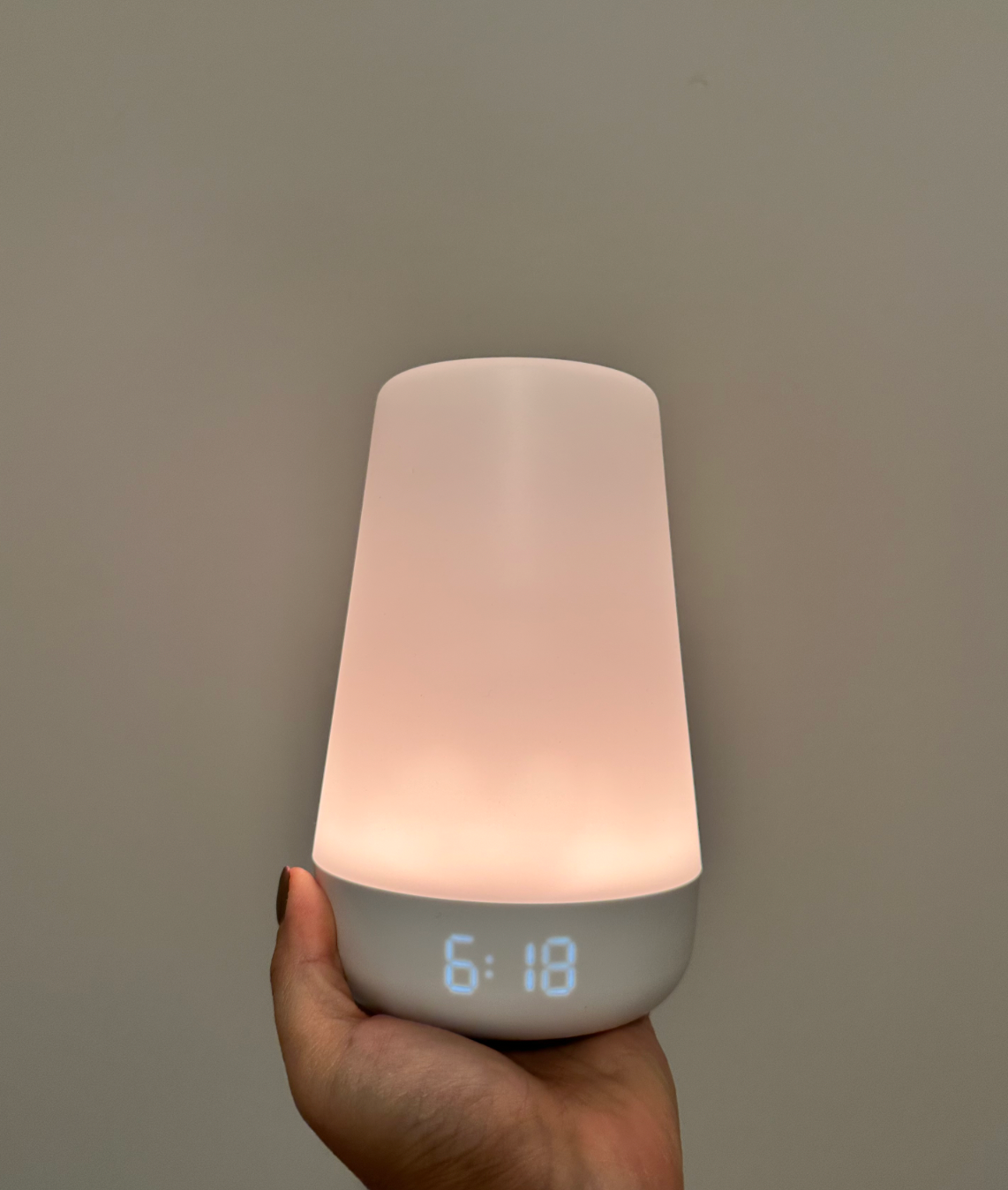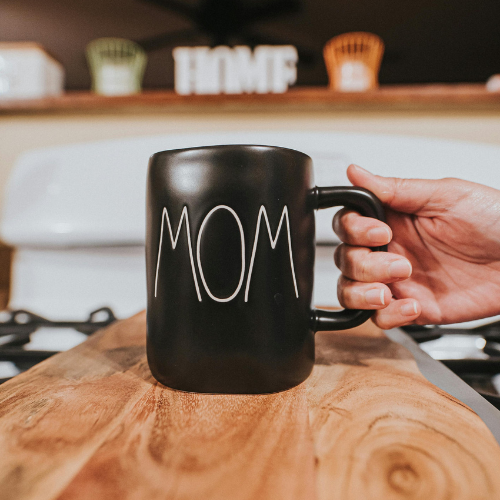Let's Talk About Sleep (aka the Question All Parents Ask Themselves: "Will I Ever Sleep Again?")
Sleep training a toddler isn’t easy, but with consistent routines and Hatch Rest light cues, bedtime got a lot smoother for our family.

Disclosure: This post contains affiliate links. That means I may earn a small commission if you purchase through them. It's no extra cost to you. Thanks for your support!
If you’re reading this at 2 a.m. while Googling “toddler won’t sleep,” just know: I’ve been there. More than once. Sleep training a toddler isn’t for the faint of heart. It involves patience, timing, a little luck, and probably coffee. Lots of coffee.
The thing most sleep training manuals or videos won't tell you is that sleep training is NEVER - I repeat, NEVER - a one-time deal.
We first sleep trained when our munchkin was six-months old. It worked wonders. We patted ourselves on the back. We're amazing parents! We've got an angel baby! Hello, freedom!
Then, the inevitable regression. Then sleep training again, then regression again. The cycle will most likely continue, but hey, you know how to do this. You're a pro!
However, I really hit a wall when my kiddo was around 16 months old. The little houdini figured out how to crawl out of a crib and open doors. And thus began the era of sleep training a toddler, where I realized this is a whole new ball game, where your toddler now is a stubborn force not to be meddled with... but I have tricks up my sleeve too. Let me walk through some of my tried-and-true tips, y'all.
🛏 Step 1: Build a Predictable Sleep Cue
Toddlers thrive on routines they can recognize. So before we even tackled sleep training, we created clear sleep signals. We used the Hatch Rest for this, and it's been an unbelievable tool for our sleep routine.
- Bath time 🛁
- Books 📚
- Lights dimming 🌙
- Hatch turning on 🌈
When that yellow-ish light clicked on, my toddler started to associate it with “Okay, it’s bedtime.”
We have used the Hatch Rest for years, and honestly — it held up like a champ. It has a soft, warm light and soothing sound that gently transitions from chaos to calm.
-- Disclaimer here – There's definitely a lot of concern about using white noise for babies and toddlers. According to the American Academy of Pediatrics (AAP), it's best to follow guidelines when using white noise:
- Keep noise 7 feet away from crib / bed
- Keep sound lower than 50dB to keep little ears safe
- Only use when baby is sleeping
- Gradually lower the sound so baby/toddler can learn to sleep without it
⏰ Step 2: Use Light & Sound Strategically
There is no harm in NOT using white noise. Lighting and routine cues are plenty! The magic of Hatch is not just the sound machine. It’s the light cues.
- Orange = wind down (about 30 minutes before bed)
- Yellow = quiet time (bedtime)
- Green = okay to get up (this one saved my sanity at 5 a.m.)

When we upgraded to the Hatch Rest 2nd Gen, it got even better because we could control it from our phones or through Alexa. No more tiptoeing into the room like a ninja to turn it on.
Bonus Tip: While we never got these, we know a neighbor who has gotten these slip covers for the hatch and they provide a bit of whimsy fun.
📱 Step 3: Pair the Gadget with Boundaries
This part isn’t about the Hatch. It’s about you being firm and holding the line.
Toddlers will test bedtime like it’s their full-time job.
Here’s what helped us:
- The “light means bedtime” rule stayed the same every night.
- We resisted moving bedtime back just because “they didn’t look tired.”
- If they got up early, we gently reminded them: “The light isn’t green yet.”
Was it perfect? No. But after a week or two, they got it. And when the light finally turned green in the morning, it was like the toddler Olympics of running out of the room.
☕ Real Talk: It Takes a Minute
Toddler sleep training isn’t magic. It’s messy. It involves some tears (sometimes yours). But the combination of consistency and a clear sleep signal like Hatch truly made our nights manageable.
And now, when that little light turns on… my toddler knows. And I get my quiet coffee time back in the morning.



